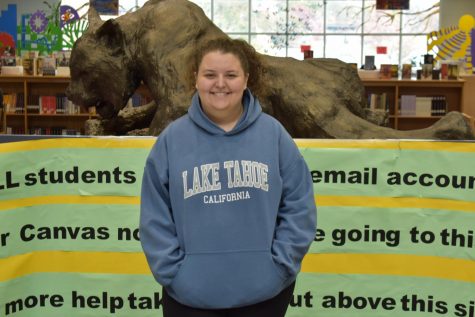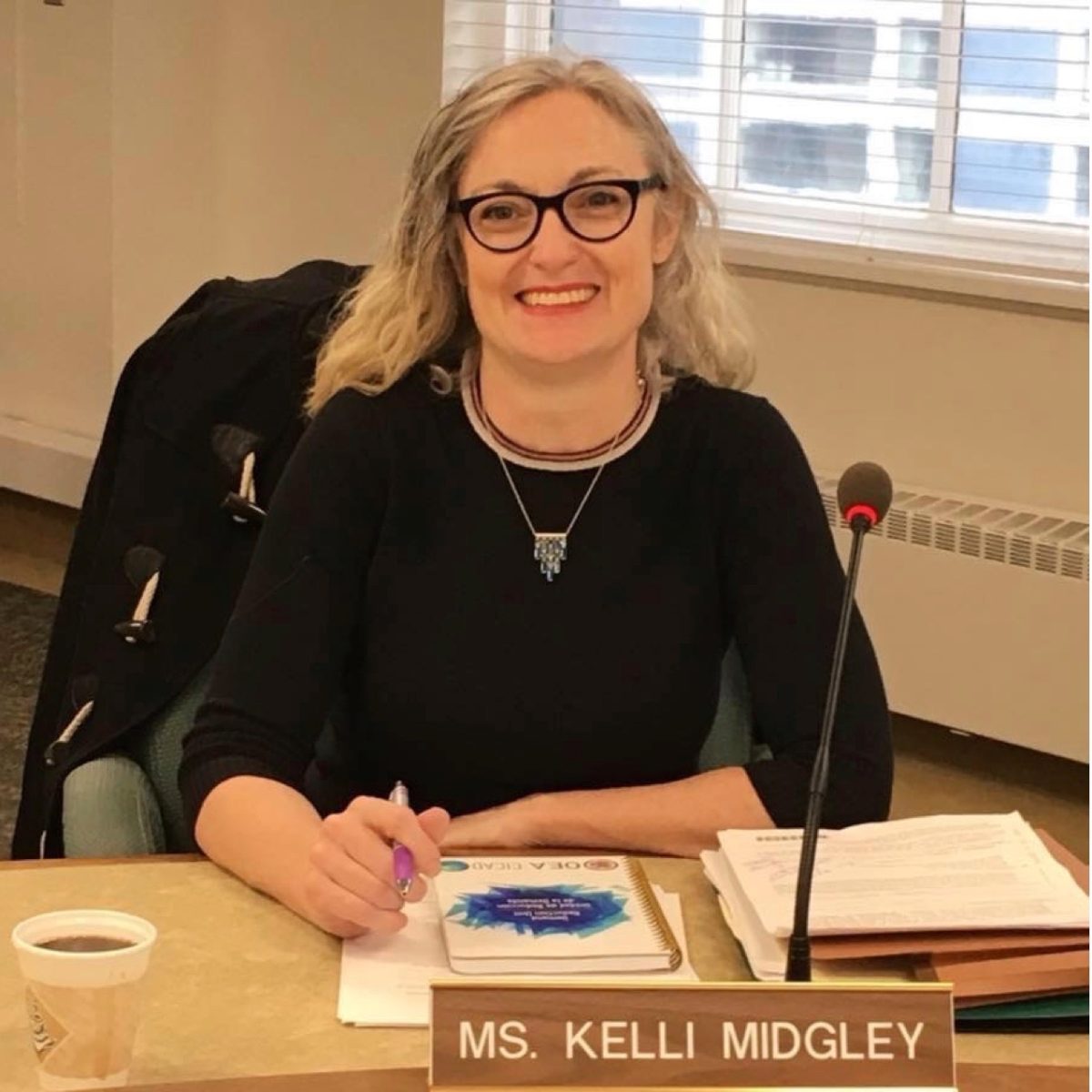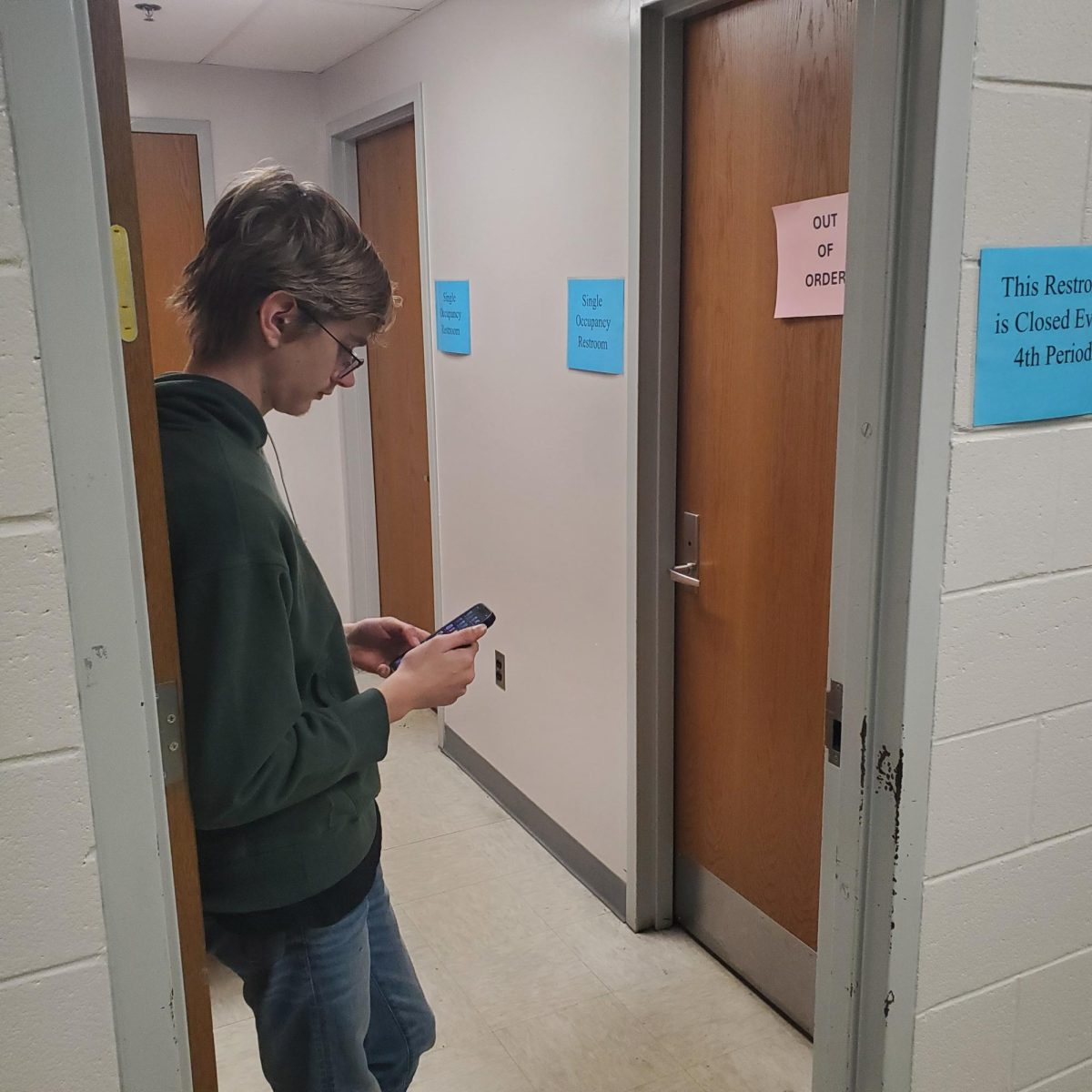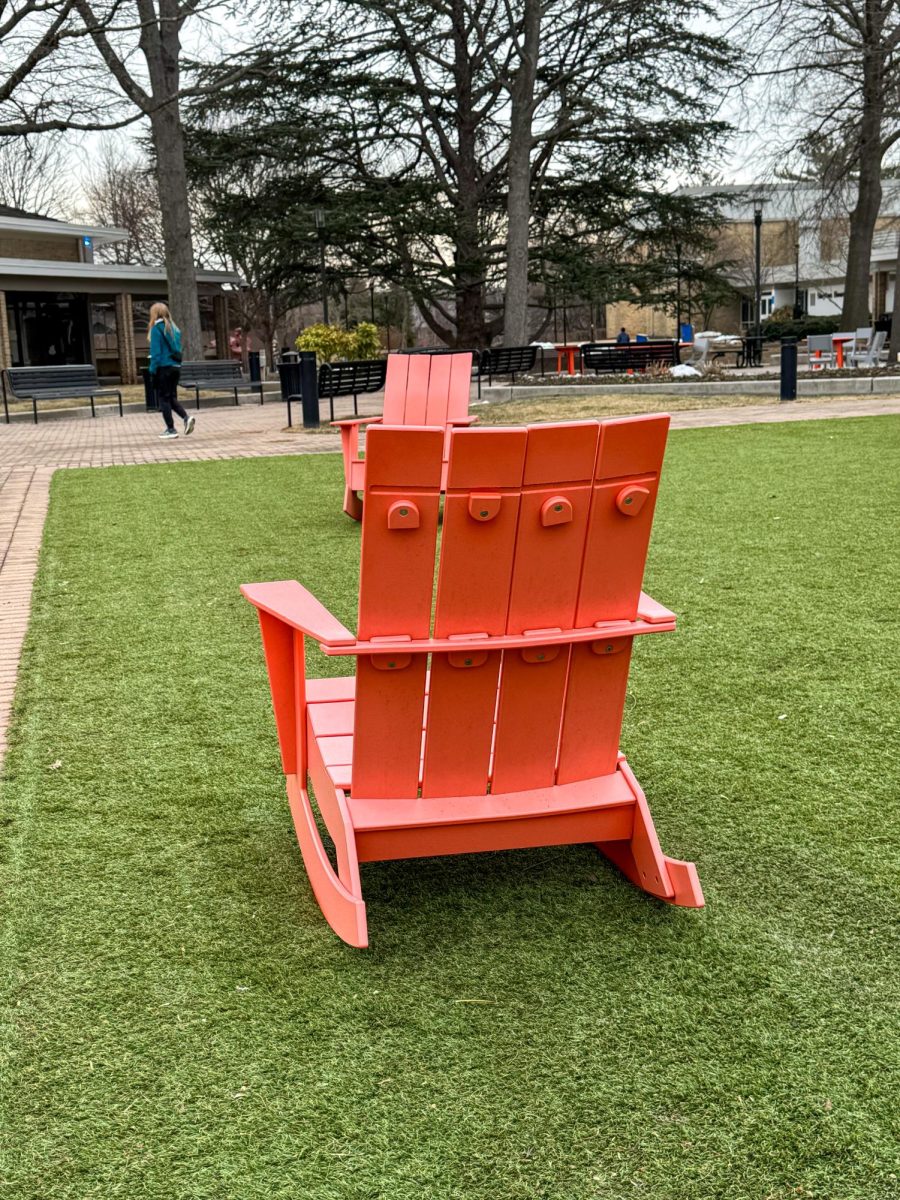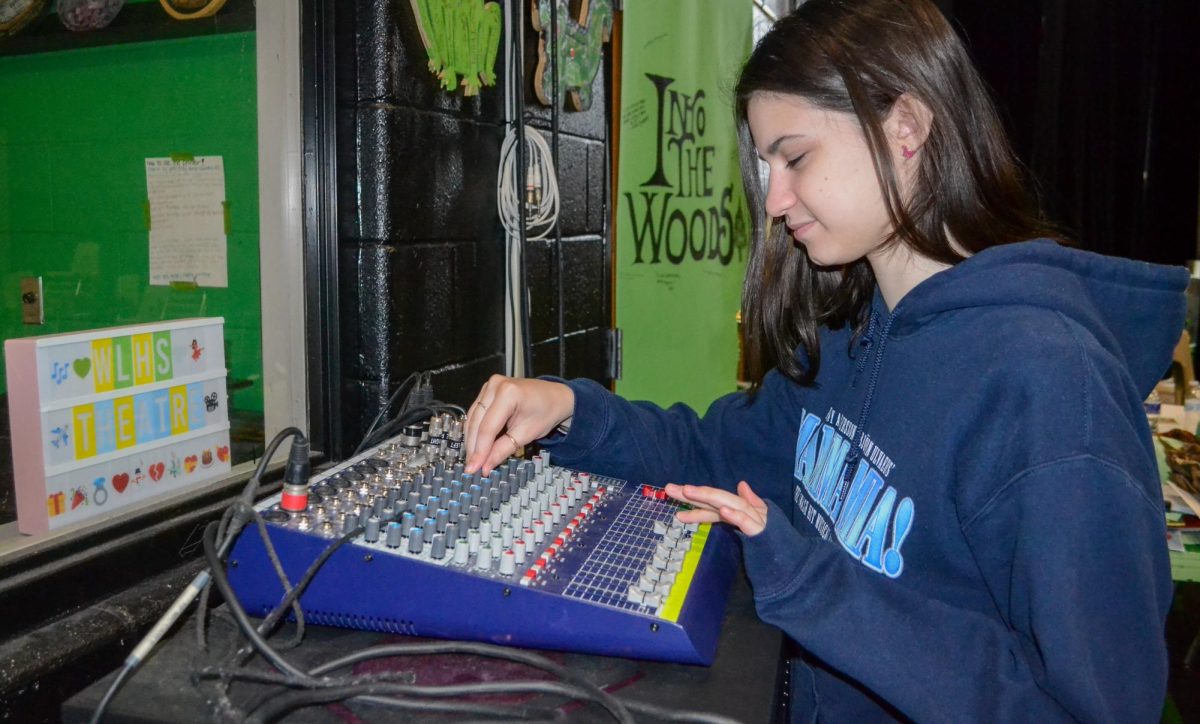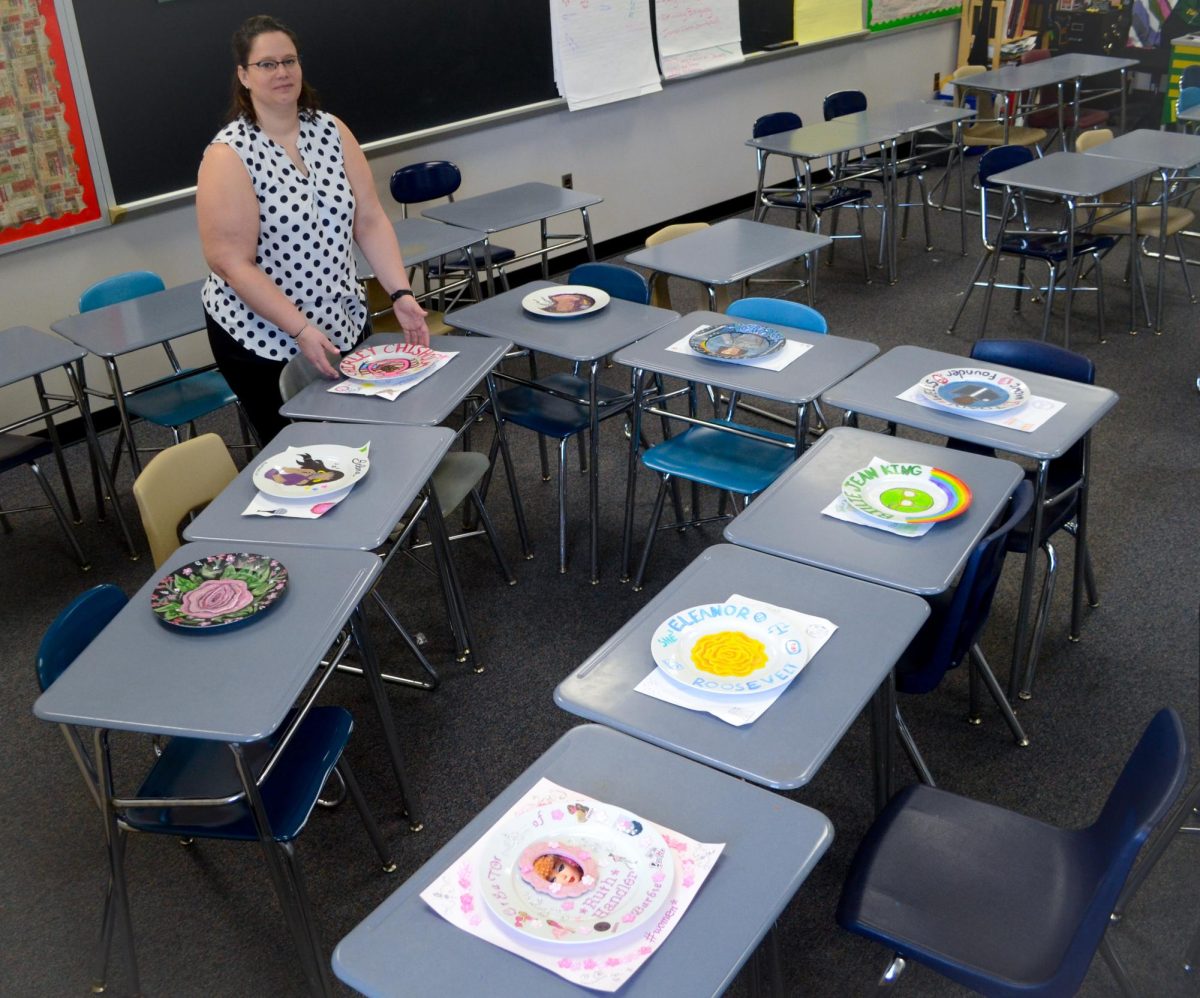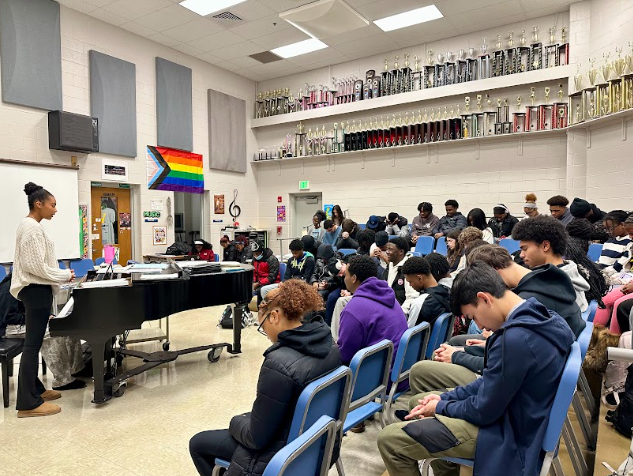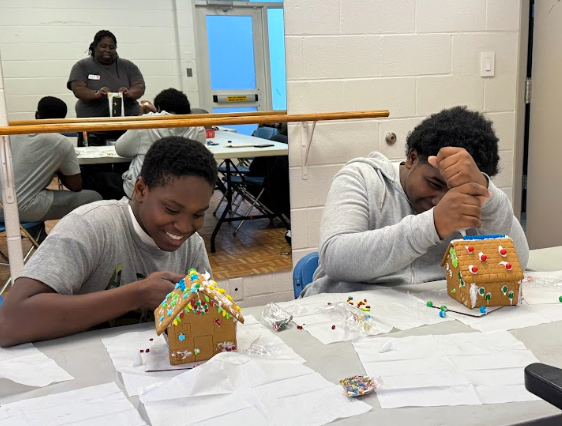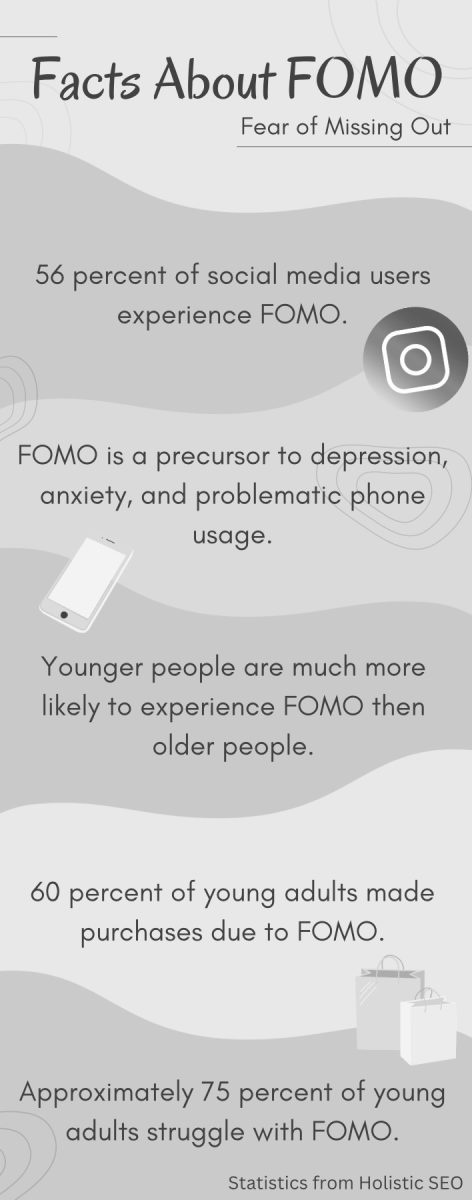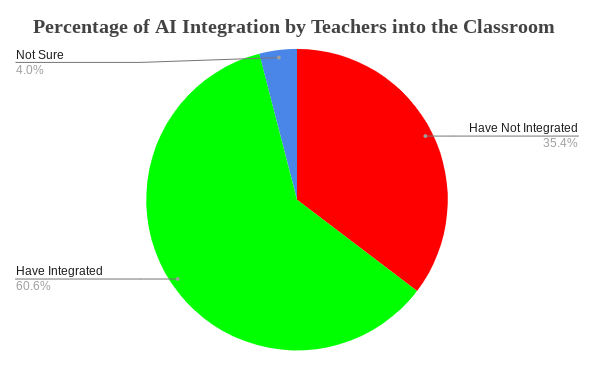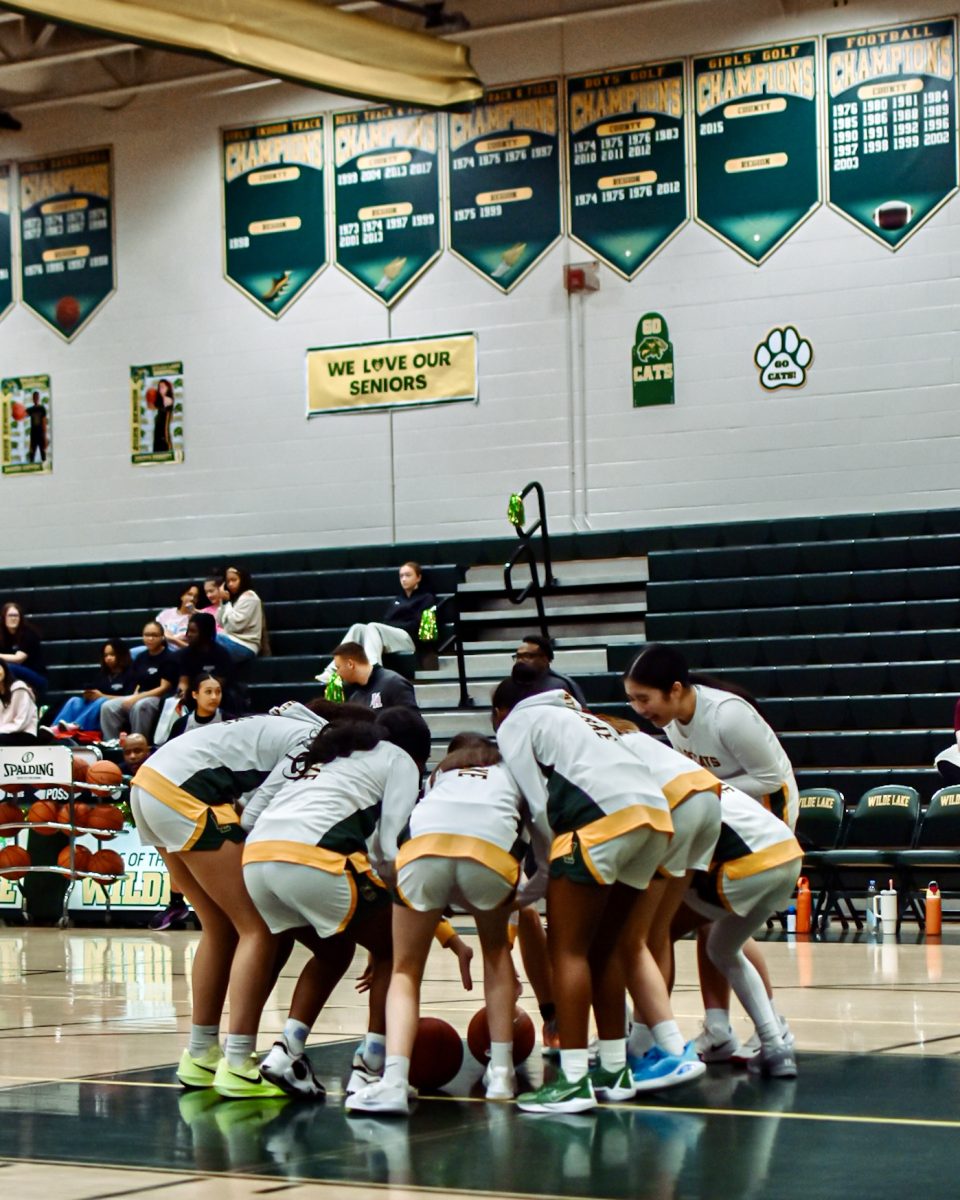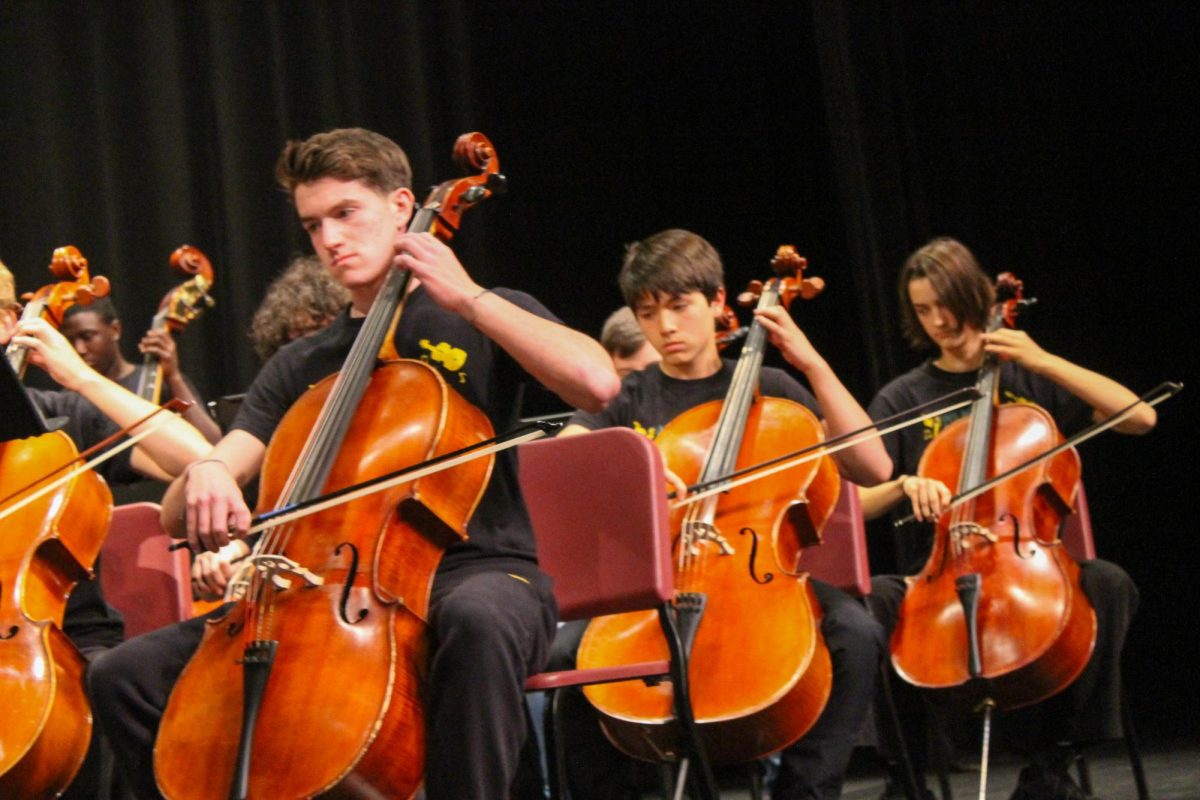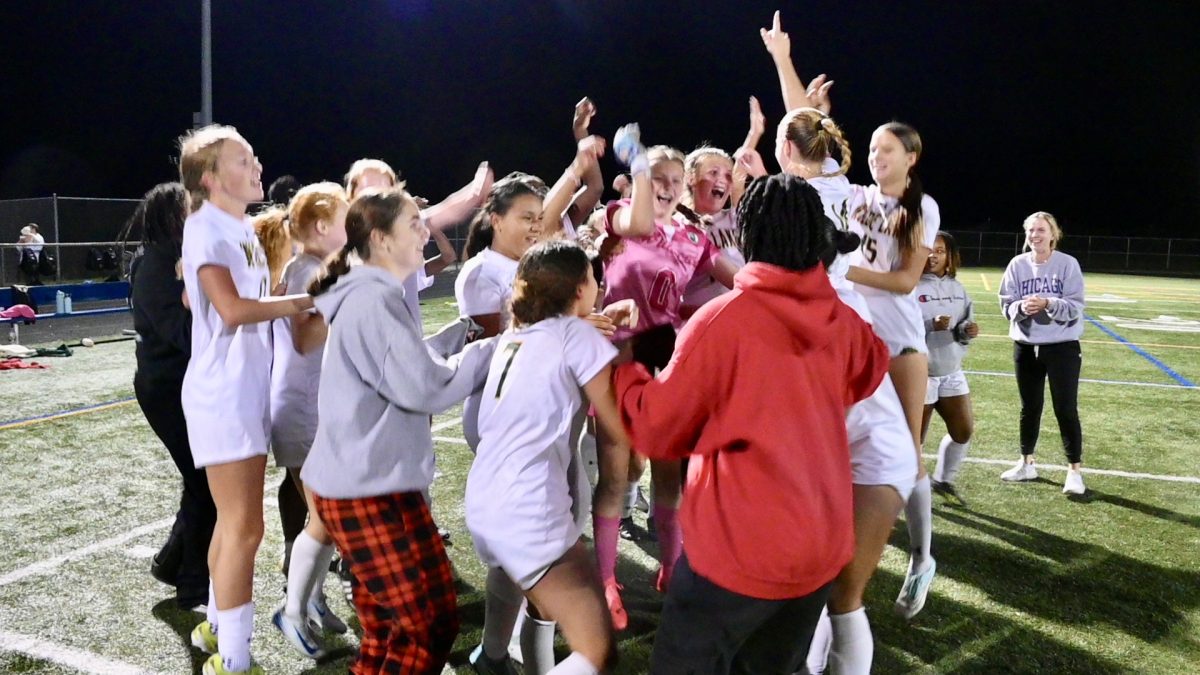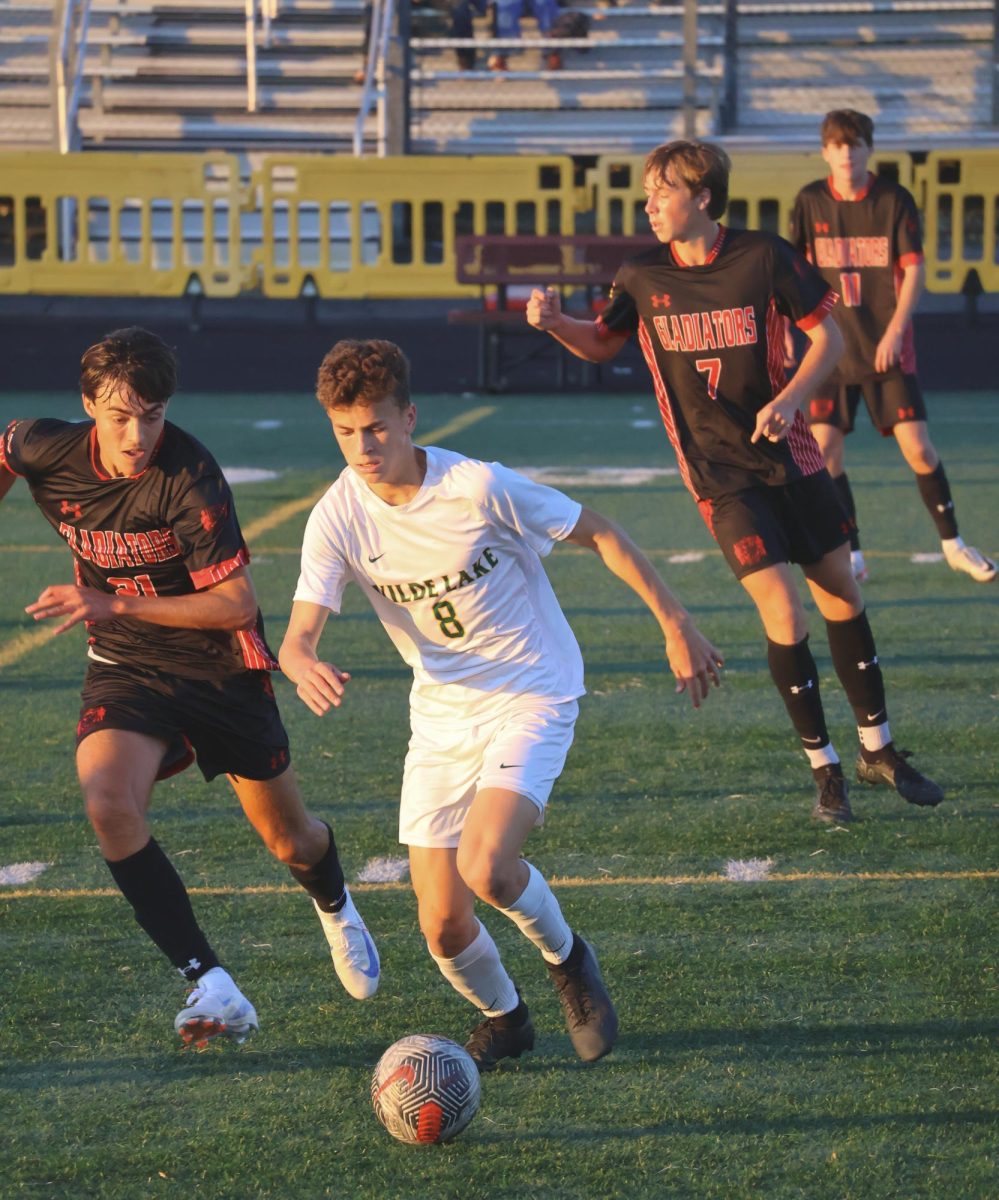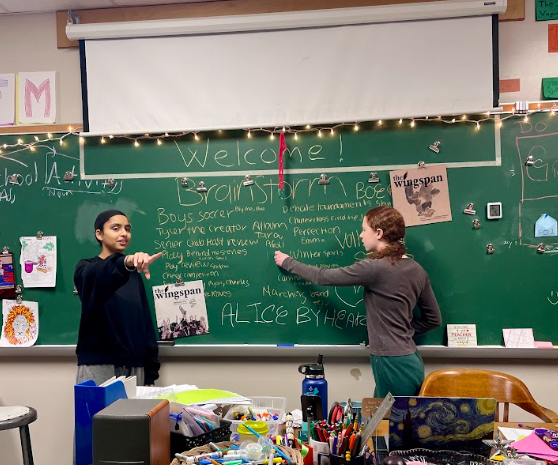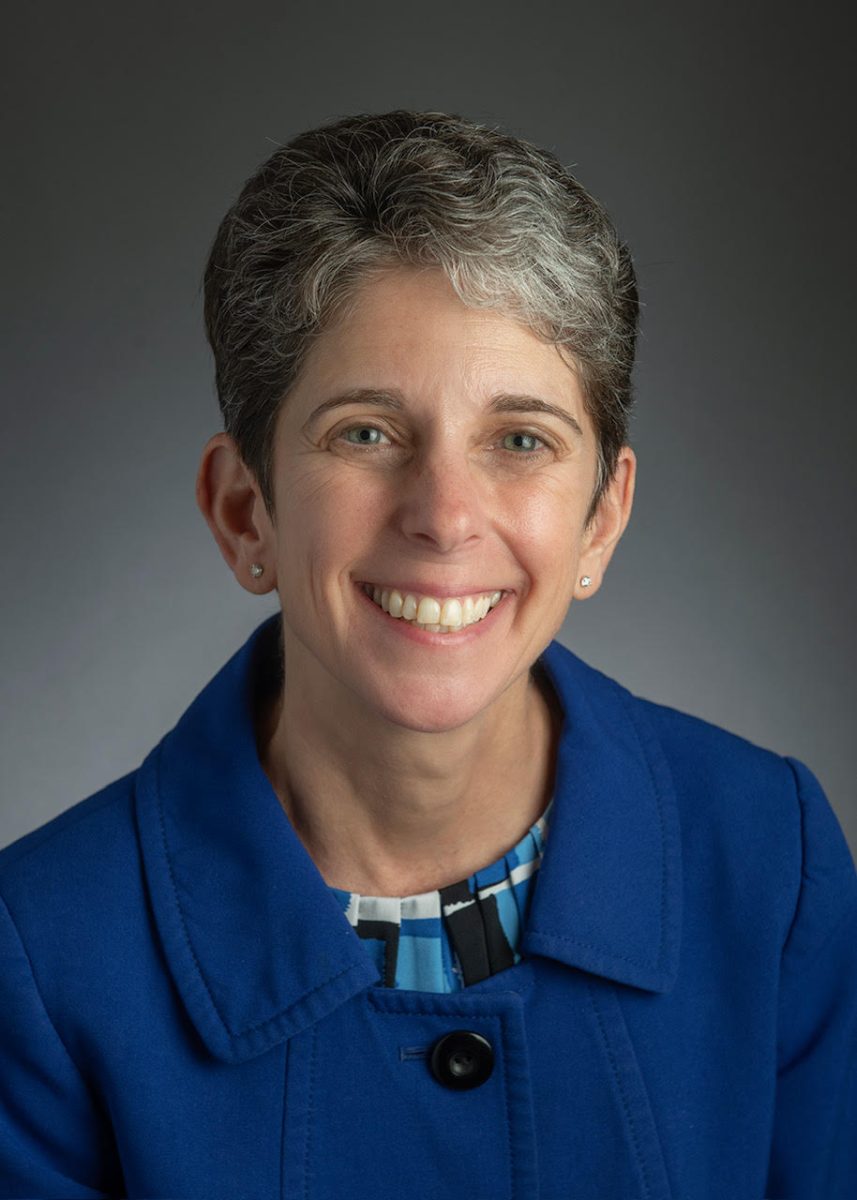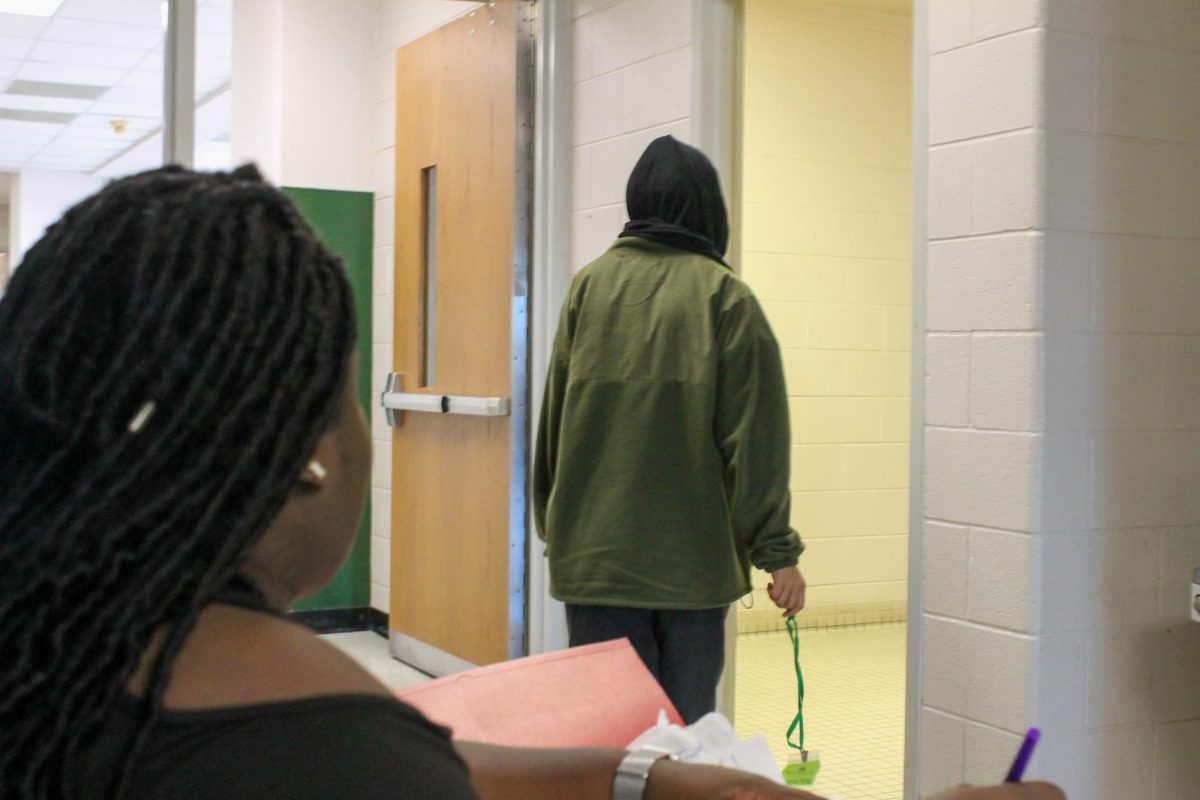Why We Need Everyone to Learn American Sign Language
Students sign “A” “S” “L”
January 2, 2019
Imagine being in a place where almost no one speaks your language and the only way you can understand them is by looking at them while they talk or by reading what they write. Although this concept is foreign to many hearing individuals, many people who are hearing impaired suffer from isolation because they cannot communicate without extensive speech therapy and learning to read people’s lips, because their main method of communication is American Sign Language (ASL).
If ASL was made to be a mandatory class, starting in elementary school, there would be many benefits such as developing better communication skills in young children and increasing interaction between the deaf and hearing communities.
While only 5% of the world’s population has hearing impairments, 90% of hearing impaired children are born to hearing parents. Teaching kids ASL at a young age will make communication between a parent and child much easier.
The human brain stops developing around the age of 25, which makes it very hard to develop new skills after that age. This leaves a small time frame for young parents, and other adults, to be able to learn ASL. Which makes it more difficult to communicate with the hearing-impaired people in their life.
ASL will also allow hearing-impaired students to integrate into non-deaf schools with ease. Often times teachers will be out of the view of the students who rely on reading lips while teaching, or the teacher is speaking too fast, or maybe, in bigger classrooms, students are seated too far back to see clearly. This is a problem for hearing-impaired students because they would miss parts of the discussion or key concepts to the subject, which, in turn, would poorly affect their academic performance. If everyone knew how to sign, it would be much easier to follow the lesson because teachers would be aware and sign so the students would not miss anything.
Speaking through ASL is not something that may be completely necessary in your life, some of you may never meet a person with a hearing impairment. However, ASL has been proven to benefit hearing people’s ability to communicate as well.
In addition to being an easier way for people with special-needs to communicate, preverbal children are able to pick up certain signs as early as 6 months, use signed words by 8 months, and use simple, full sentences by 24 months. Preverbal children who sign also have a closer bond established with their parent because they can express their frustration in greater detail, as opposed to just crying if they were hungry, tired, or hurt.
Dr. Joseph Garcia conducted an experiment in the mid-1980’s, which was examined in 2003 by Barbara Yost, showing that preverbal children are able to pick up sign language much easier because it only requires manual dexterity, in contrast to the 200 muscles that have to mature in the face and throat before a child can form words.
ASL can also be an easily implemented subject into our school system. Similar to math and English, it should be made part of a child’s education from kindergarten through twelfth grade. Even two or three classes a week would be beneficial to the student, helping them get the basics down.
It is necessary for ASL to become a mandatory class in our school system because it helps in both integrating the deaf community and increasing the communication ability of our youth.






